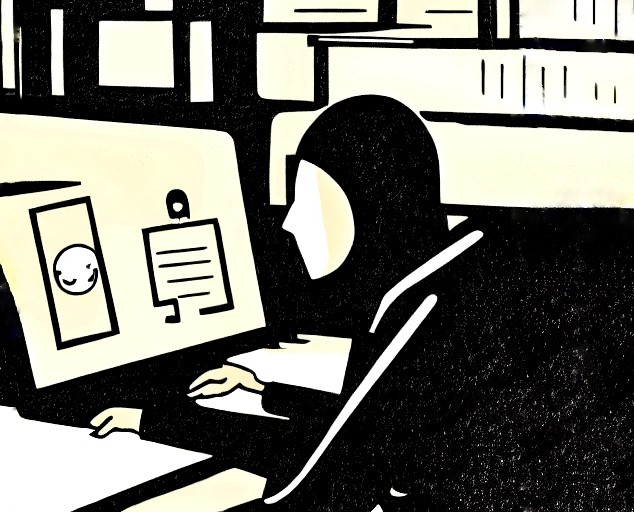Hacking has only been illegal since 1986, so it’s a relatively new crime that can be difficult to get ahead of. Hackers target valuable and vulnerable websites. Nonprofit websites frequently collect valuable information and have little security against information theft. Protecting your nonprofit website is crucial to keeping your community safe.
Why Do Hackers Target Nonprofit Websites?
Stealing your information is a pretty lucrative business. Hackers can make upwards of $80,000 a month, targeting websites in bulk. While they may not come after your nonprofit’s website specifically, it can easily be included In a group of sites that hackers invade.
Hackers often target:
- Personal Information. Hackers can sell personal information to companies who want to market to you. Hackers can use Social Security numbers, addresses, emails, and phone numbers to create fake identities in illegal markets.
- Donor Information. Donors are likely inputting their credit card information into your website, which hackers love to harvest. If a hacker can send emails from your organization, they may be able to further target donors or anyone else who opens the email.
Ransomware is a popular form of virtual blackmail. It’s where hackers install software to lock data until you pay a ransom fee.
Nonprofit websites are ripe for hackers because part-time volunteers usually maintain those sites. The volunteers often have limited knowledge of content management technology.
How Cyber Attacks Happen
Cyber attacks can happen to anyone. Unfortunately, a lot of nonprofit websites don’t usually have enough security.
Hacking can happen in various ways, like:
- Online Donation Systems. Technology makes it easier to accept donations, but digital pickpockets can get into your online donation system. They can steal donor bank and credit card information, take money directly from them, or collect personal data.
- Phishing. Phishing is gathering confidential information by posing as a reputable organization, like your own. Phishing might be through email, social media direct message, text, or phone call. Hackers gain access to your important systems and add links to your site to illegally manipulate the search engine ranking of other sites. Some nonprofits, like churches, have above-average credibility, readership, and website search engine ranking.
- Drive-By Attacks. Drive-by hackers are particularly difficult to track. They sneak in and download malware on your website visitors’ devices.
- SQL Injection Attacks. SQL communicates with a database. Hackers attack SQL to gain unauthorized access to detailed information on your data server.
- Volunteers with Ill Intentions. Nonprofit organizations tend to assume their volunteers are there for goodwill, but it’s important to investigate them closely, especially those with access to computers and financial systems.
Even when you’re trying to see the best in people, it’s imperative to remain cautious. Cyber attacks often go unseen until they’ve wreaked serious havoc. Protecting your nonprofit website is easier when you know what to look for.
Protecting Your Nonprofit Website From Hackers
Hackers have a lot of ways in, but you can prevent a cyber attack with some forethought in building and updating your website.
To guard your community against cyber attacks, you can:
- Lockdown the Donation System. Encryption and a secure website will help protect company and community information during transactions.
- Secure Email Communications. We’ve heard plenty about emails sent from an unsecure server or network. Personal identification information, such as email or physical addresses, can be sifted from email correspondence if your system isn’t secure.
- Volunteer Background Checks. Start your volunteer onboarding process with a background check. Include cybersecurity in the safety training for anyone in your organization that will work with your nonprofit’s technology.
- Install Anti-Malware Software. Anti-virus and anti-malware are can help prevent cyber attacks. But remember that any software of this sort will only be effective if you continue to manage and maintain it.
- Educate Your Team. Ensure that everyone on your team knows the signs of something wrong with your site and understands what phishing messages look like. It’s better for them to ask questions about a legitimate function that concerns them than to blindly accept all communications as coming from real sources.
The Importance of a Care Plan
A care plan is a continuous set of services that keep your website running smoothly.
Many “behind the scenes” factors keep your website safe. Having a care plan in place helps protect your community and website from the intrusion of hackers.
If hackers get to your website, you don’t want to put a bandage on the serious problem.
A care plan can help you get ahead of attacks, even those that are automated and looking for a crack in the foundation. You’ll also have support through changes, repairs, and regular backups.
CauseLabs Can Help Protect Your Nonprofit Website
Hackers may take many avenues to steal vital information from your organization, all of which can be challenging and costly to repair. You want to keep your organization, volunteers, and donors safe. Implement a CauseLabs Care Plan before your data is compromised.
No matter where you are in the development of your website, CauseLabs can help you check your website for existing issues and offer solutions. Schedule a call or order your Care Plan Audit today for recommendations on keeping your website safe and secure from a data breach.

